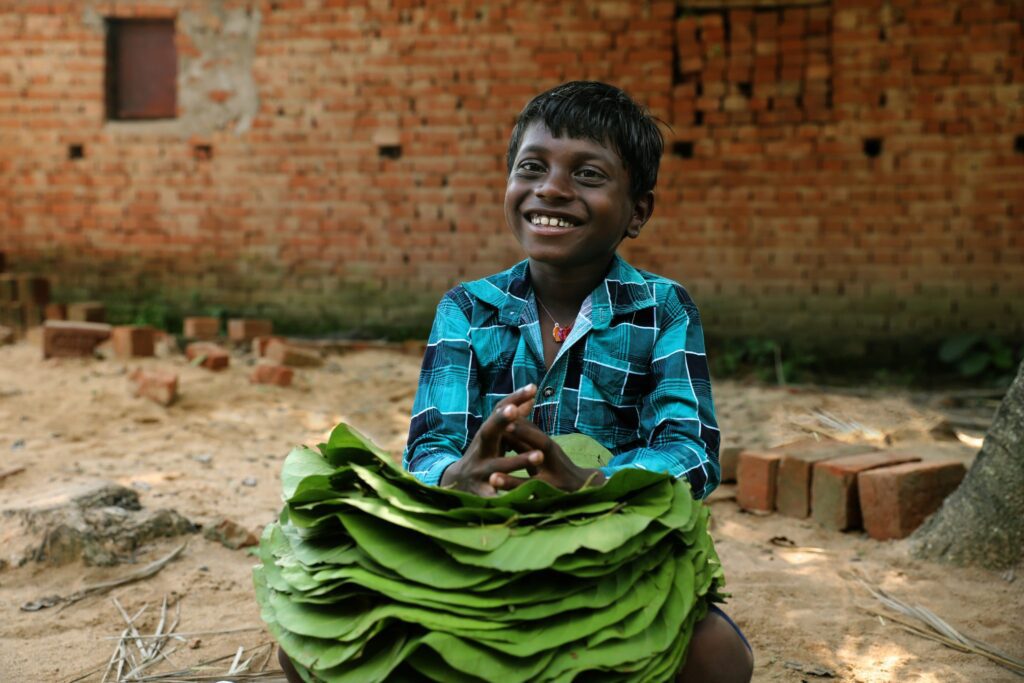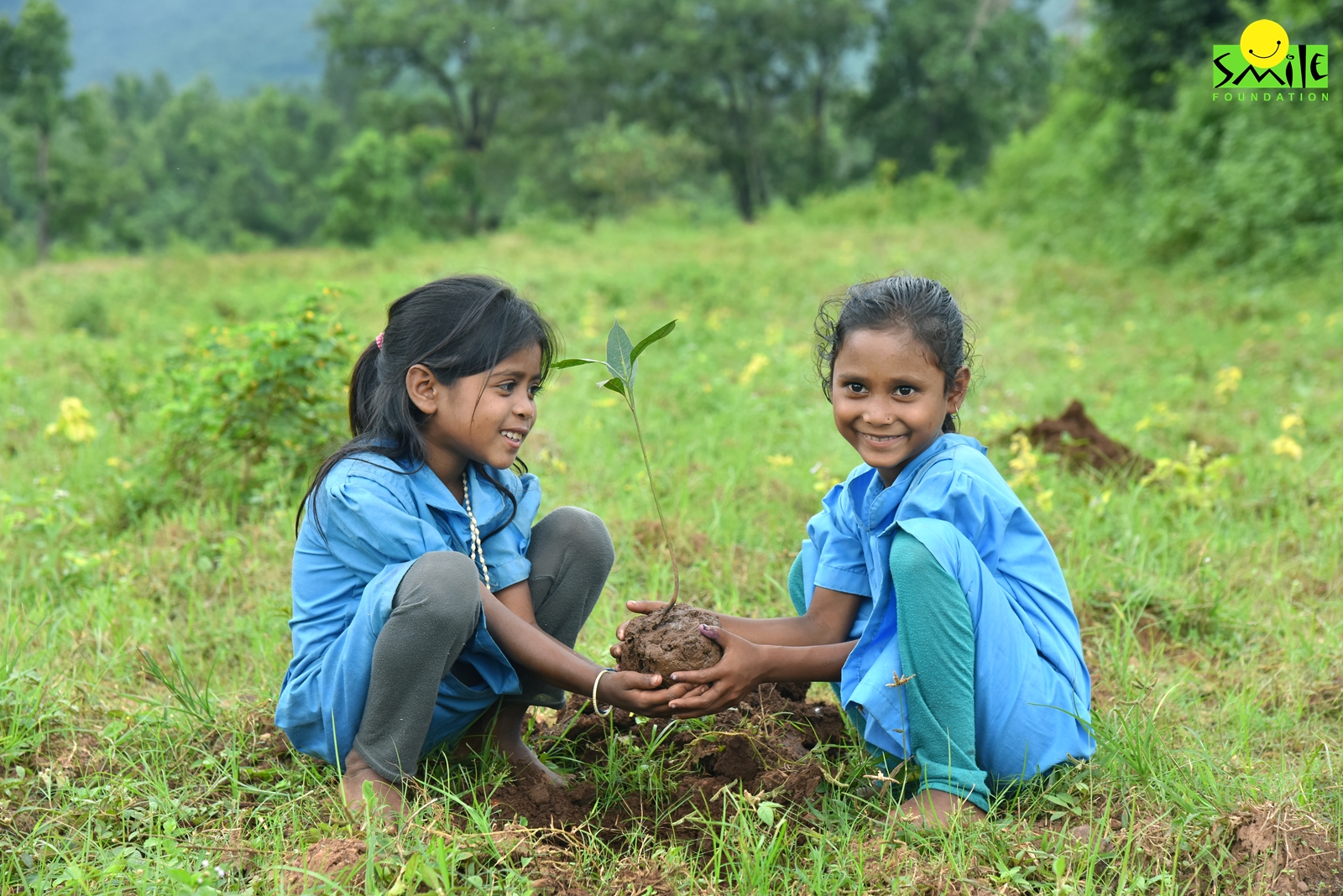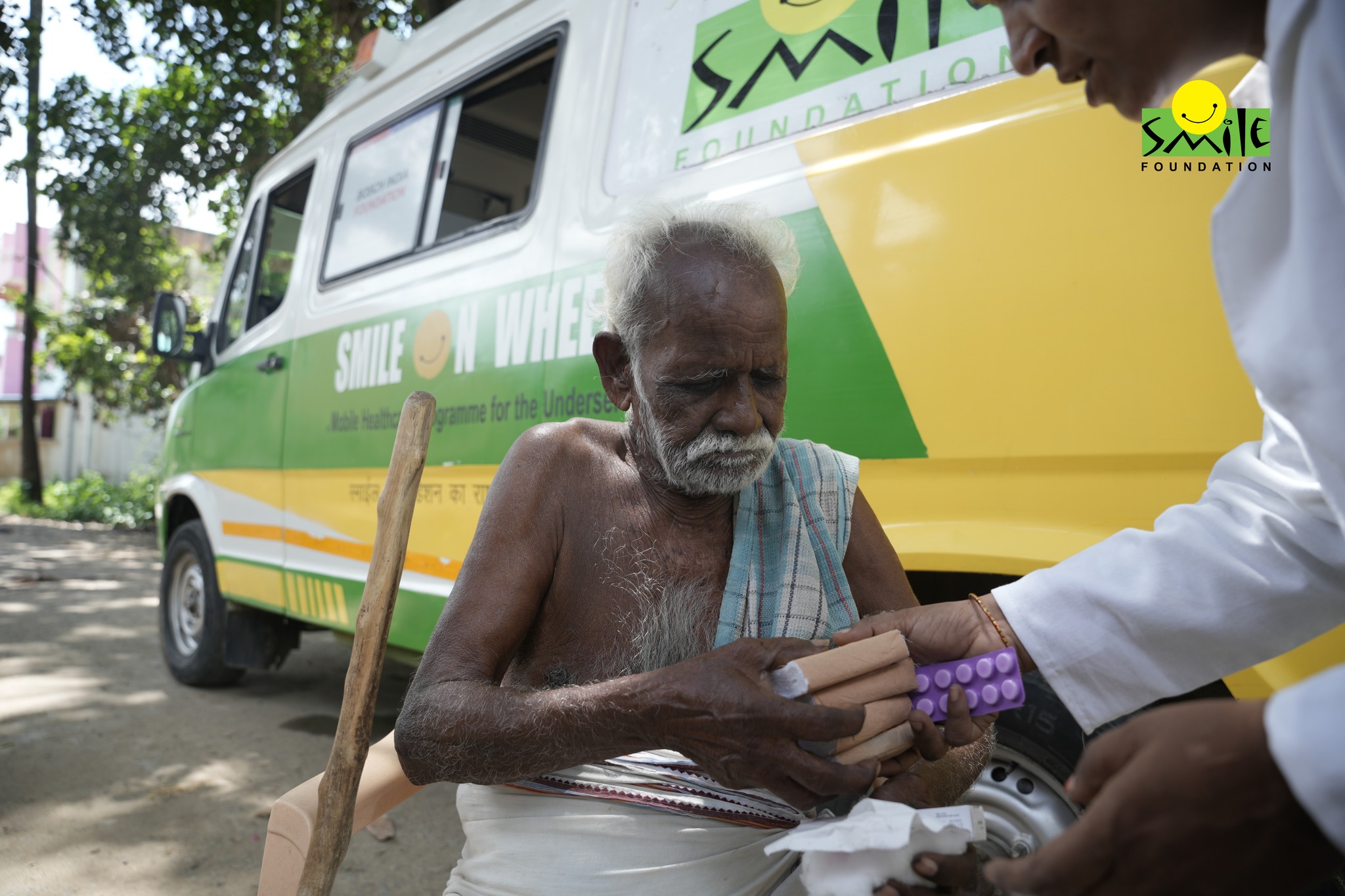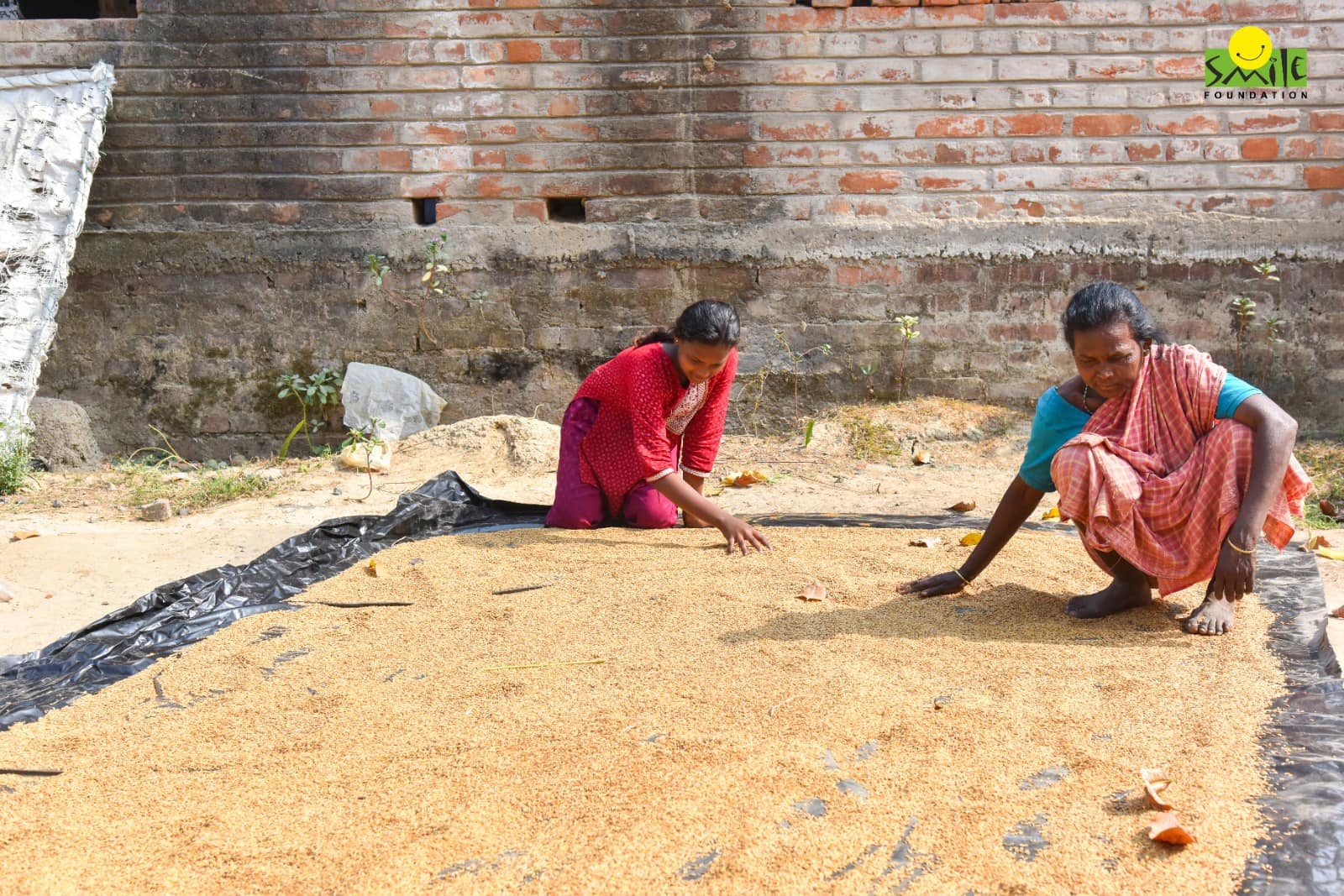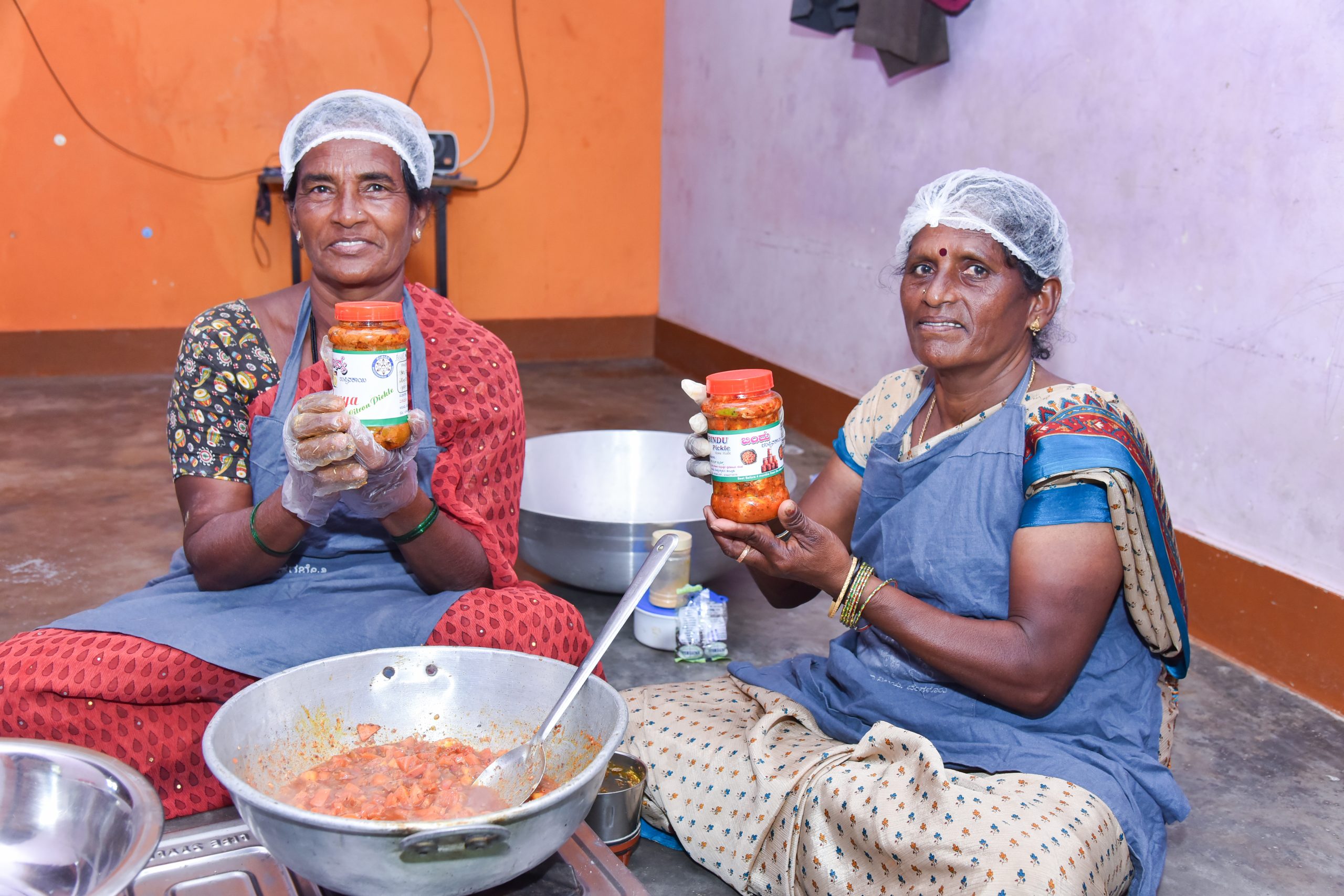The National Education Policy (NEP) has recommended a number of measures for the education system. This is a centralised policy for all states. A few key recommendations of the policy can have a huge impact on certain sections of the society. It is worthwhile to consider the effect that the NEP can have on the education of tribal children.
The language recommendation
The new NEP emphasizes on the use of the mother tongue. It recommends that the region’s mother tongue is used to impart teaching in primary classes.
Where tribes are concerned, several states have been using multilingual mode of education. However, there is still a huge gap in this for a number of reasons. First, tribal communities have their own languages and an even larger number of dialects. For instance, in Odisha, the tribal communities have around 21 languages, and nearly 75 dialects. With these kind of numbers, it is difficult to decide the medium of instruction.
Moreover, language training of teachers and curriculum development in the concerned language has not been addressed yet.
Multi Grade Learning Centres and strength of schools
India has several Multi Grade Learning Centres. These are also known as single teacher schools. Many tribal areas of the country has such schools which cater to just one or only a few villages. And many of these schools have less than 30 students.
The NEP recommends that schools with less than 30 students should be closed. These schools are deemed to be “economically suboptimal and operationally complex to run”. The policy has not stated clearly whether this would be applicable to all schools and all children. If it is, then hundreds of such schools would be shut and all the students studying in these schools would face the impact.
A related recommendation is to create cluster schools region-wise. Educationists who are against this policy say that due to different demographic patterns of different states, having cluster learning centres will deny education to many tribal children. For them, the cluster centre might be inaccessible.
History of tribals’ education
According to data in the Statistics on School Education 2010-11, the dropout rate among tribal students is quite high. Around 71% of tribal students between classes I to X drop out. Considering that the tribal population stands at 8.6% of India’s population, this is a significant number of students dropping out of school. A large number of tribal children also remain outside the formal education system.
Despite geographical and socio-economic barriers, modernization and industrialization have made inroads into the habitat of the tribal communities. Massive encroachment on their land and way of life has led to their displacement and exploitation. Most tribal communities are now in abject poverty. All these factors have an impact on the education levels of tribal communities, which is still much lower than desired.
NEP and education of tribal children
Education is the key to any kind of development. It is no different for the tribal community. Due to poor educational status among tribal communities, their development is also quite slow. Only drastic measures can improve the status of the tribes of India.
Sensitization as well as preservation of culture should play a key role in the education of tribal children. The culture and integrity of tribal communities is an asset and a major part of their identity. Thus, teaching methodology and curricula need be designed keeping these aspects in mind. It is important to assimilate and incorporate tribal culture and values to ensure that education is an inclusive and enjoyable experience.
The NEP must keep these things in mind when implementing the new system. Socially and economically marginalized groups like the tribals need to nurtured to ensure their development. The vocational training that is part of the NEP could be a step towards this. It can ensure that tribal children learn skills that will help them get jobs in the modern economy, and they can move beyond the traditional occupations such as agriculture.



